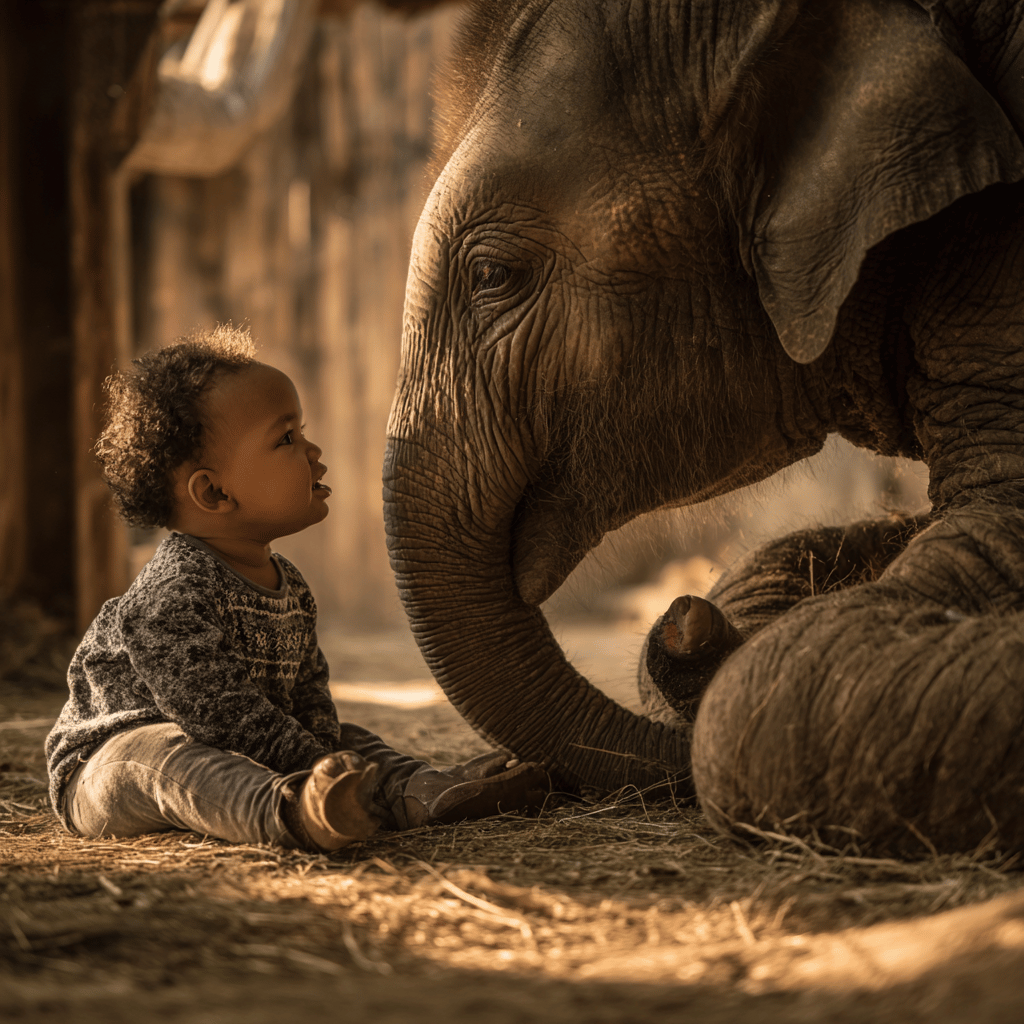Do Babies Remember You? Understanding Memory and Object Permanence in Infants
Will My Baby Forget Me? Understanding Infant Memory and Object Permanence
My husband asked a simple question. A heartfelt one. A question wrapped in longing, in the delicate hope of recognition. “Will she remember me?” he asked as our 7-month-old great-niece left for a two-week vacation. And in that moment, I understood. It was not just about memory, not just about cognitive milestones and scientific studies—it was about love, about the weight of presence, about the fear of being forgotten.
So, I answered with science.
By seven months, babies are not empty slates drifting through the world in a haze of new sensations. They are archivists of touch, of laughter, of the faces that light up their world. They recognize the familiar—the soft hum of a voice, the warm embrace of a caregiver, the games played in stolen moments. They have already begun to understand object permanence, that great cognitive milestone where they realize that things do not simply vanish when out of sight. That you do not cease to exist just because you stepped away.
What is Object Permanence?
Swiss psychologist Jean Piaget first named it: object permanence, the understanding that people and things persist even when unseen. It is the foundation of memory, the precursor to abstract thought, the quiet realization that builds in a baby’s mind as they grow. And it is why a baby, even after weeks apart, will still light up at the sight of a familiar face.
Why Object Permanence Matters
Object permanence is not just an academic milestone—it is the thread that connects memory, learning, and emotional security.
- Memory Development – The ability to remember people and things lays the groundwork for future learning and cognitive growth.
- Exploration and Play – Once babies realize things continue to exist, they begin to search for hidden objects, to play peekaboo, to revel in the discovery of the seen and unseen.
- Emotional Security – When a baby understands that a loved one returns after leaving, they feel safer, less anxious, more confident in the rhythm of presence and absence.
- Language Acquisition – The understanding that objects and people remain stable helps babies associate words with meanings, creating the first bridges to language.
How Babies Develop Object Permanence
Piaget believed this understanding unfolded in stages, each a step toward a more complex grasp of the world:
- Reflexive Actions (0-1 month) – Newborns react to stimuli but do not yet understand continuity.
- Primary Circular Reactions (1-4 months) – Babies begin repeating pleasurable actions but have no sense of permanence.
- Secondary Circular Reactions (4-8 months) – The first glimmers of understanding arise; a baby may look for a partially hidden toy.
- Coordination of Secondary Schemes (8-12 months) – Babies search for completely hidden objects, showing clear signs of object permanence.
- Tertiary Circular Reactions (12-18 months) – Babies experiment, problem-solve, and seek objects in multiple locations.
- Mental Representation (18-24 months) – The final stage. A baby can now imagine objects and people even when they are nowhere in sight.
How to Strengthen Your Baby’s Memory and Recognition
If you want your baby to remember you, to hold on to the love that exists between you, here is what you can do:
- Play Peekaboo – The classic game is more than just fun; it reinforces object permanence, the idea that you are still there, even when hidden.
- Hide and Seek with Toys – Let them watch as you hide a toy, then encourage them to find it. Each discovery cements the lesson.
- Use Cause-and-Effect Toys – Toys that light up or make noise when pressed help babies understand predictability and permanence.
- Establish Routines – The comfort of the expected—knowing that bedtime follows bath time, that hugs come before goodbyes—helps babies feel secure in their world.
- Name Objects and People – Say things like, “Mommy is in the kitchen,” or “Your teddy is under the blanket.” Words make permanence tangible.
- Read Interactive Books – Books with flaps, hidden pictures, and surprises help reinforce the idea that things still exist, even when unseen.
Do Babies Forget?
Babies do not forget in the way we fear. Their memories are not like ours—not filled with linear stories or detailed recollections—but they remember warmth, the feel of arms that have held them, the rhythms of voices that have soothed them.
So, no. She will not forget. Not in the way you think. Not in the way that matters.
Because love, in all its quiet persistence, is also a kind of permanence.
Sources:
(1) WebMD – What Age Do Babies Develop Object Permanence? https://www.webmd.com/baby/what-age-do-babies-have-object-permanence
(2) Healthline – All About Object Permanence and Your Baby https://www.healthline.com/health/parenting/object-permanence
(3) What to Expect – When and How Babies Learn About Object Permanence https://www.whattoexpect.com/first-year/playtime/object-permanence-in-babies/
(4) Pampers – Object Permanence: When Do Babies Develop It? https://www.pampers.com/en-us/baby/development/article/object-permanence

